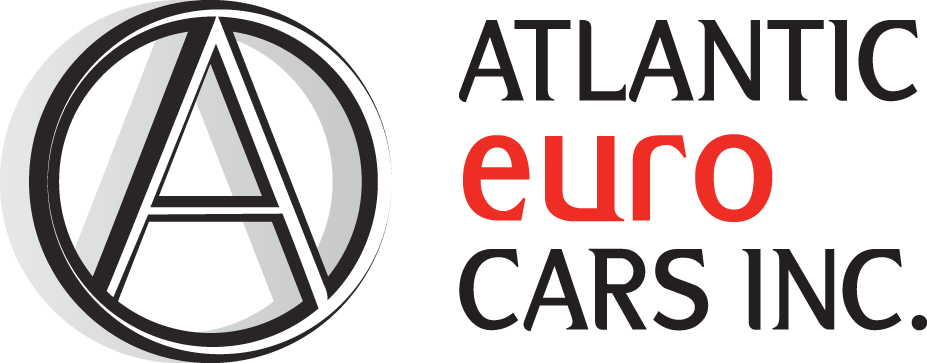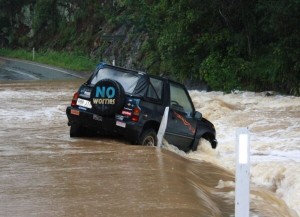Insurance
An essential but often overlooked part of vehicle ownership is insurance coverage. The coverage you have and who you bought from can have a huge impact on how things go in the event of an accident. A bad purchase decision can lead to very negative consequences. Some of the worst automotive horror stories involve bad insurance experiences.
We all see ads from companies that claim to offer the lowest rates. Unfortunately, if there is an accident, you may find that the low cost insurance also provides inferior coverage. Use the same care purchasing insurance that you take in choosing your car.
There are a number of ways to approach this problem. Your own experience may be a good guide; also ask friends, family and co-workers. Finally, shop around. Even if you want to keep your present broker, it doesn’t hurt to understand the market. And if a premium reduction is warranted, this may be the best way to uncover it.
The Policy
A single insurance policy covers a number of risks. They include:
- Bodily injury liability
- Property damage liability
- Medical payments
- Uninsured motorist protection
- Collision coverage
- Comprehensive (non-accident damage)
You should fully understand these terms. If you don’t, have a chat with your insurance provider.
Premiums
Premiums are primarily driven by the value of the vehicle, cost of repairs, vehicle specific accident rates, miles driven, and potential for theft. For a time, the popularity of Porsche engines for use in dune buggies proved so attractive to thieves that it drove premiums for that car through the roof. In certain markets, high end cars are targeted for export to third world countries, which have driven rates up. Insurance companies set rates based on their own experience.
Who you are also affects your premiums. Your age, gender, and driving record are key factors. Single males under 25 pay the highest rates because they have the most accidents.
If you are convicted of moving traffic violations or of causing an accident, your premiums will likely go up. Drivers with clean records pay the lowest rates.
Where you live also plays a big role in how much you pay. High traffic urban areas attract higher premiums than rural areas.
How Much Coverage Is Enough
The more assets you have, the more insurance you need. Most insurers recommend liability coverage of at least $100,000 per person, $300,000 per accident, and $50,000 property damage. Many insurers also recommend a $1 million “personal liability umbrella” policy. An “umbrella” policy could protect you from financial ruin in a major lawsuit. Again, it would help to talk to a knowledgeable broker to determine what is best for you.
How to Reduce Your Premiums
Reduce your driving. Lower annual mileage usually means lower premiums. Take public transportation or car pool.
Ask your agent about discounts. For example, does your car have an alarm system? Insuring all your assets with the same company may also trigger discounts. New drivers that take driver training courses often earn a discount.
Increase the amount of your deductible. Switching from a $100 to a $1000 deductible could reduce your collision insurance premium by 30%.
Shop around. Your situation may have changed, and a review of your policy by a competitive agency may reveal that.
Drop collision coverage on older cars. Do you really want to spend $1000 for collision coverage on a 10 year old beater the kids drive?
Bad driving is expensive, be a good driver. And everybody now understands that drinking and driving is out of the question.
Check to see if you have duplicate coverage. For example, some credit cards offer extras like rental car insurance, and most warranties provide free roadside assistance. The savings triggered may be small, but it can add up. Also, a generous health insurance plan may make payment for medical coverage on your car insurance unnecessary.
Buy a vehicle that qualifies for a discount, or at least doesn’t carry a surcharge as may be the case with a muscle car. Ask your insurance agent about the cost of insuring vehicles you are interested in before you make your final purchase decision.
Lending Your Car
A car accident appears on the record of the owner of the vehicle, so remember, if you lend your car, you are also lending your good driving record. Even if the person has a car insurance policy of their own, if they are driving your car, you are responsible. If they have an at-fault accident, the accident will go under your insurance history and your insurance rates will likely go up. If the borrowing becomes routine, like regular trips to classes, that person must be named on your policy.
Minimum New Brunswick Insurance Coverage
Compulsory minimum third-party liability: $200,000 for any one accident; however, if a claim involving both bodily injury and property damage reaches this figure, payment for property damage will be capped at $20,000.
Medical payments: $50,000/person, including rehabilitation, excluding health insurance and other medical plans; time limit is four years.
Funeral expense benefits: $2,500.
Disability income benefits: 104 weeks partial disability; lifetime if totally disabled; maximum $250/week; must be disabled for at least 7 days to qualify; unpaid housekeeper $100/week, maximum 52 weeks.
Death benefits: Death within 180 days (or two years if continuously disabled prior to death); death of head of household $50,000, plus $1,000 to each dependent survivor after first; death of spouse/partner $25,000; death of dependant $5,000.
Impairment benefits: N/A.
Right to sue for pain and suffering: Yes, but if injury a “minor injury,” maximum award is $2,500.
Right to sue for economic loss in excess of no-fault benefits: Yes.
Contact Hup or Gary at Atlantic Euro Cars for more information at 638-9340. We are not insurance experts, but we do have 30 years of experience in the automotive industry, helped thousands of drivers, and may be able to help guide you in the decision making process.

